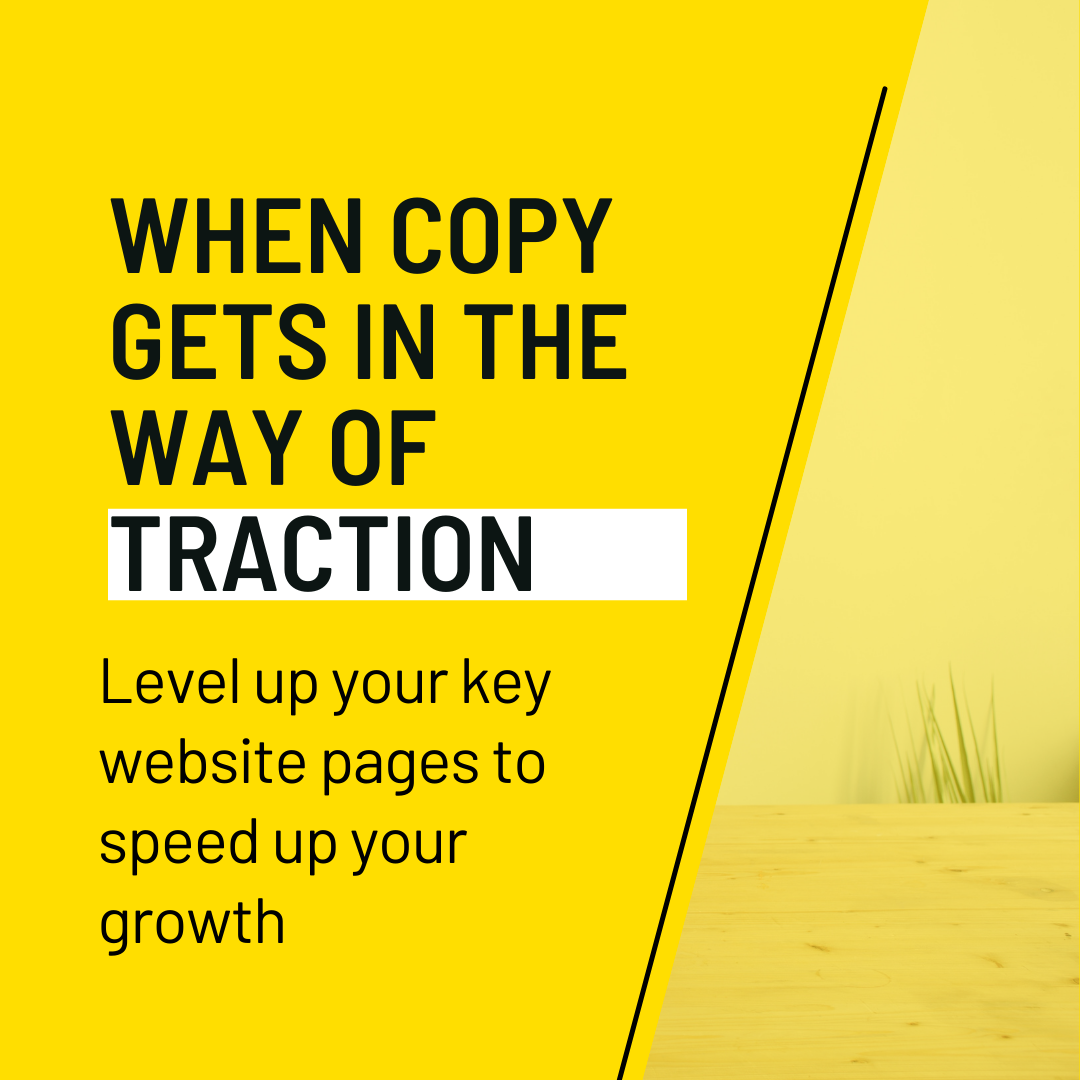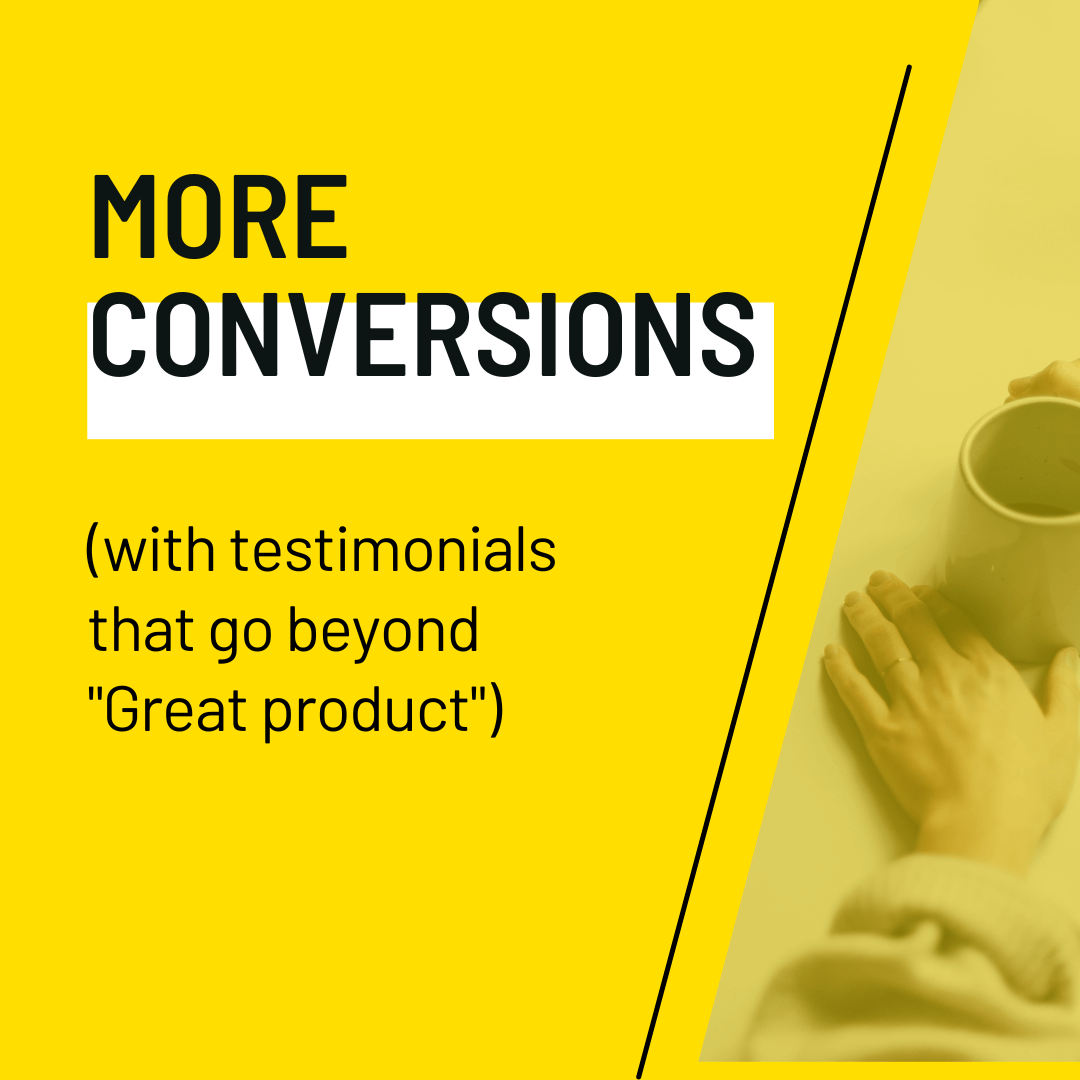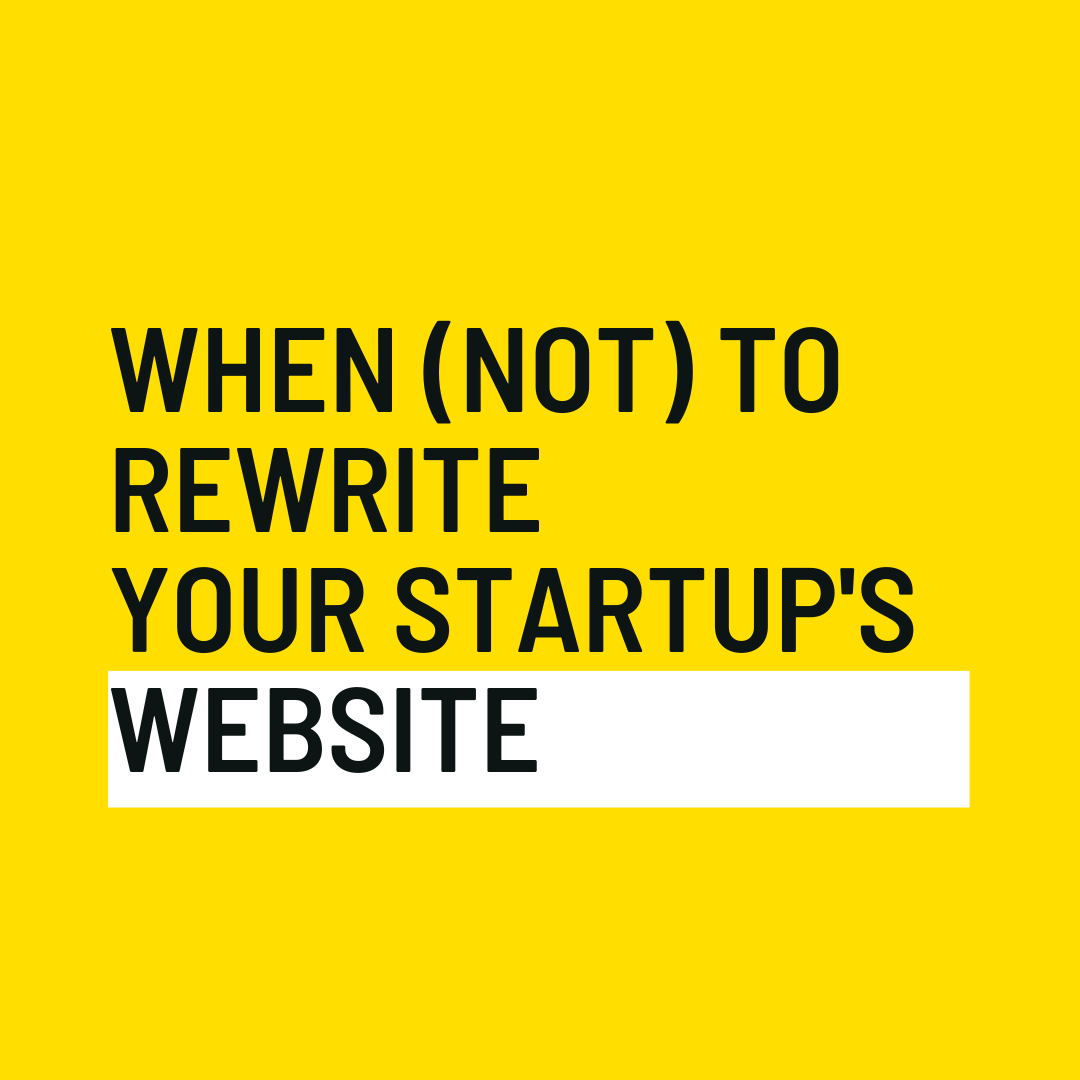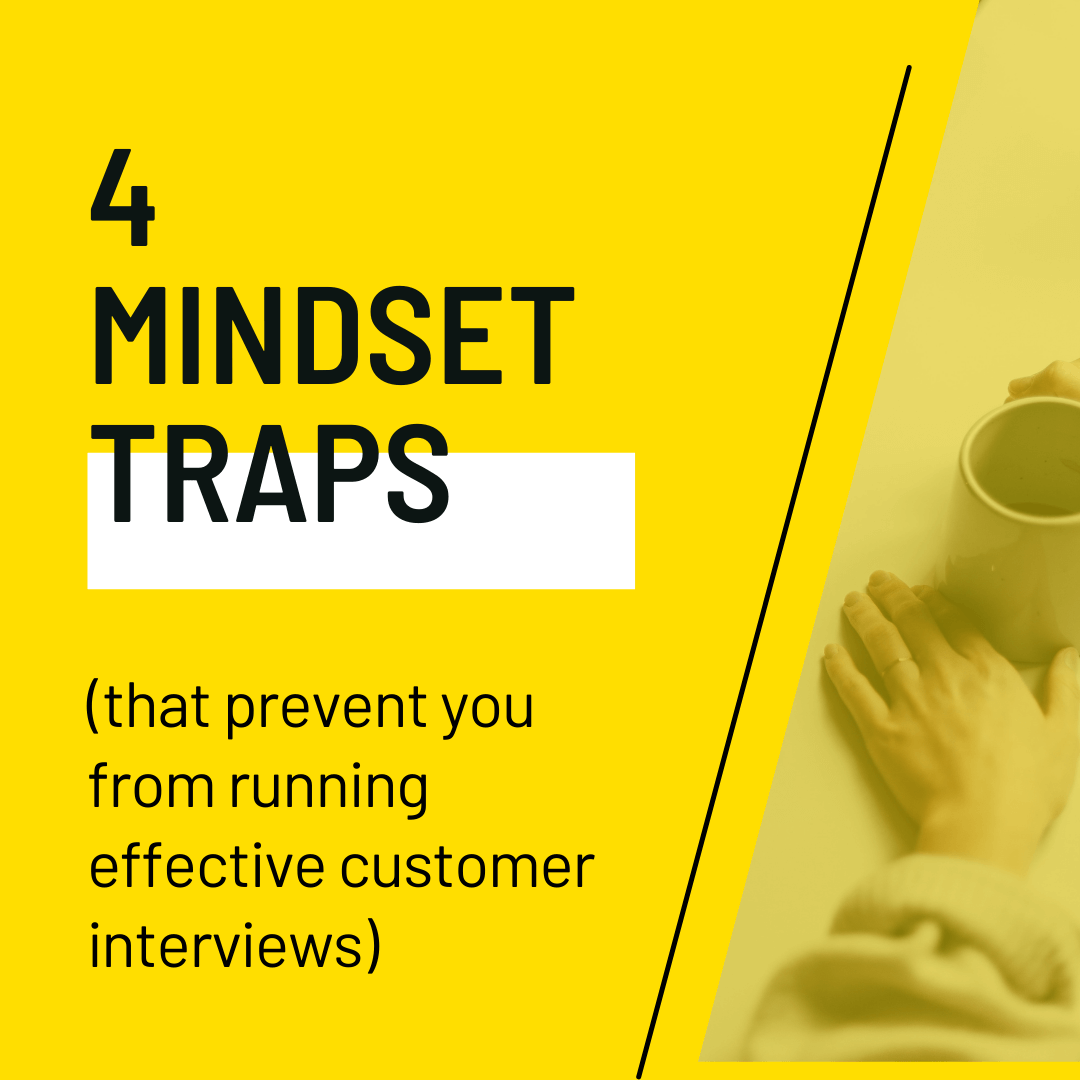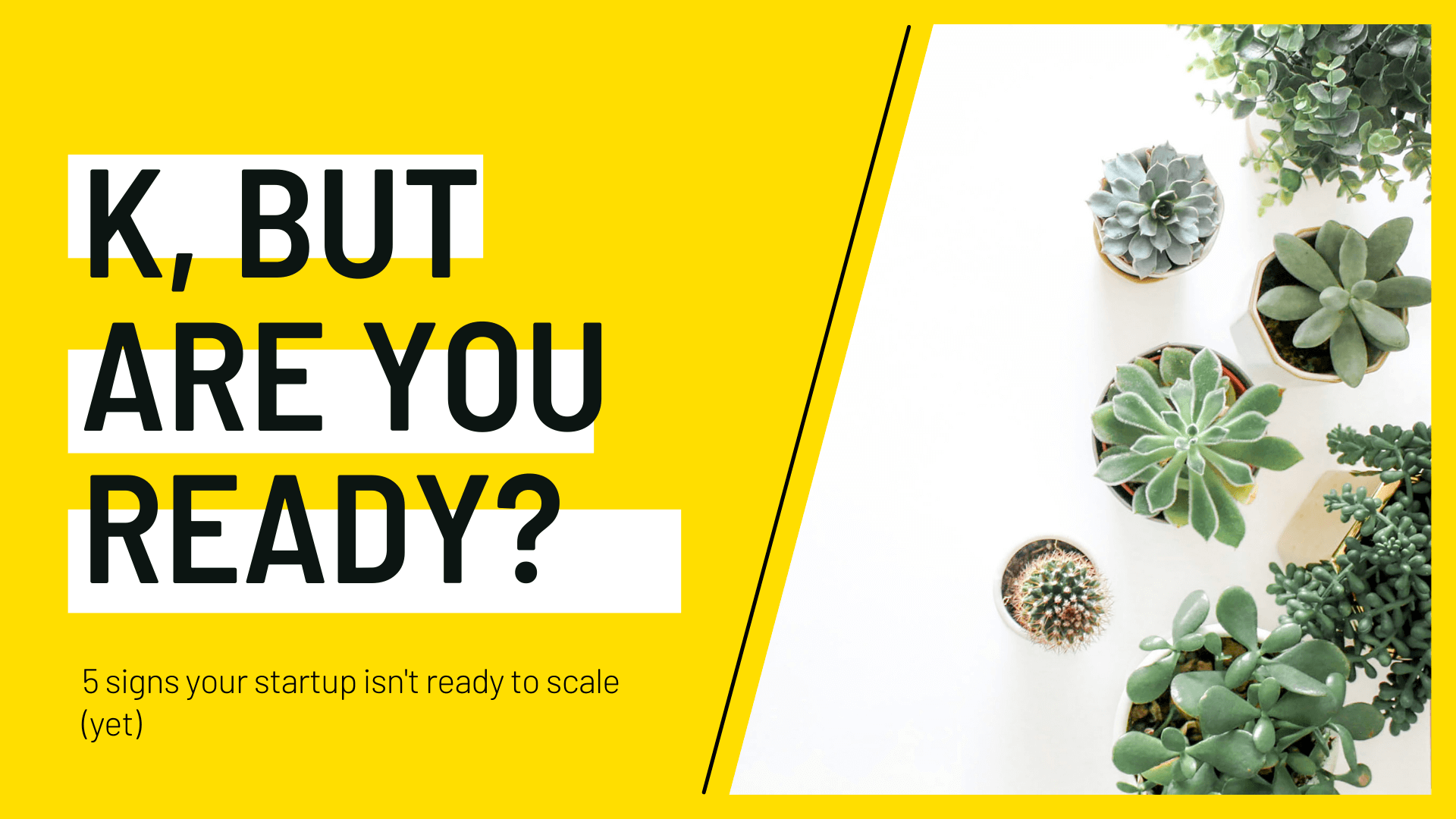10 little-used ways to get more mileage out of your case studies
Tips for time-strapped SaaS startups on reusing case studies across website pages and on social
You’ve got a video review from one of your early adopters, a glowing testimonial on your homepage, a dedicated case study page on your website highlighting the results you achieved for your first customers. Now what?
Is it time to move on to the next goal, or... can you get more out of your existing customer success stories?
In my experience, most startups have multiple to-dos and priorities and do not always have the bandwidth to add "promote / reuse the case study" to their weekly deliverables.
But by adding a video testimonial and moving on to the next to-do, they're missing multiple opportunities to make those testimonials or success stories more impactful, for example:
attracting attention to their startup from social media
highlighting the value of specific features — in their customers' words
getting more demo signups by making their claims more credible
Getting your first case study is a huge step towards going from "interesting new solution" for early adopters to "want to try out" for the more conservative prospects.
Here's how you can get the most out of that first win.
Here’s what you can achieve with your existing case studies:
- Case study pages: how to make your customer success stories convert
- Use voice-of-customer quotes to create eye-catching headlines that’ll resonate with your prospects
- Add details to descriptions of your customer’s life before and after using your product ?
- Have a call to action — don’t leave your prospects guessing what to do next
- Edit video testimonials into easy-to-consume snippets and reuse them as quotes
- Turn website visitors into interested leads by using case studies across key website pages
- Use case study quotes in your homepage proof bar(s)
- Add tl;dr case study versions to your use case pages and link to case studies representing those particular use cases
- Use case study quotes on feature pages
- Turn case studies into interviews or blog posts
- Feature success stories on social media (even though it adds more to-dos to your list)
- Where to start with adding the oomph to your case studies
Case study pages: how to make your customer success stories convert
Use voice-of-customer quotes to create eye-catching headlines that’ll resonate with your prospects
Replace "challenge" and "solution" headlines in favor of voice-of-customer descriptions of problems your customers were facing and the results they got.
Why this works: right off the bat, this approach ensures that even scanners will get the gist of the story and the key talking points. The goal, though, is to stop your readers from scanning and get them to read.
Would you rather read about "Bonjoro's challenge" or about "Breaking through the noise" (if it's the former, please let me know!)?
Add details to descriptions of your customer’s life before and after using your product
Numbers are impressive — but don't forget to walk prospects through the struggles your customers were facing and show how your product helped overcome them.
Why this works: knowing more about the hero of the customer story and their challenges helps overcome objections along the lines of "This'll never work for us" or "Our challenges are entirely different" — and help identify similar needs and considerations when choosing your product.
Have a call to action — don’t leave your prospects guessing what to do next
Don't forget to add a CTA, so that your leads don't click away before signing up for a demo or a free trial.
Why this works: your main goal is to use customer success stories to bring in new prospects. Without a call to action, readers don't have the clear next step. Adding a call to action will make a difference — in this case, as much as a 62% increase in conversions.
Edit video testimonials into easy-to-consume snippets and reuse them as quotes
Video testimonials work. According to this survey, 33% to 43% of small, very small, and self-employed companies see an ROI of 100% or more.
However, in this case “video testimonials” are not your average “Pick up your phone and shoot a video for us, please” customer video — only 22% of small businesses in this survey asked customers to record themselves on their devices in 2020. Those that didn’t reported spending about 4 months on getting 1 video testimonial done.
Do this to move faster without losing the credibility that video testimonials bring:
Transcribe the testimonial
Edit the transcript to create clear, impressive, uh-less quotes to use and re-use across the website, on social, and on the case study page
Edit the video to create a highlights video, as well as short quotes for social
Embed the highlights video on the case studies page, adding captions and a summary
Why this works: so often, I see amazing customer quotes buried in videos and not even hinted at on a customer success story page. This means that only visitors that watch the video are going to hear those quotes — and that’s a loss. Instead of letting those videos languish, make sure that all website visitors (and social account followers) see the impressive things your customers have to say about you.
To make sure that the video testimonials go above and beyond “this is such a cool product,” make sure to send guiding questions along with your testimonial request. For some ideas on how to prep your case study game plan for maximum credibility, check out this post.
Turn website visitors into interested leads by using case studies across key website pages
Use case study quotes in your homepage proof bar(s)
As your website visitors scroll through the homepage, they are trying to establish whether or not they should trust you — and whether or not it’s worth their time to try out the project. Bold positioning and proof bars are all very well — but hearing from real customers will carry more weight.
Why this works: when you know the specific objections your prospects have and insert quotes addressing them, social proof will help you overcome those objections.
For example, this is how Vocal Video integrates a case study on the homepage (not just a video — quotes as well!) For all the prospects that aren't sure that they need video testimonials, this quote addresses their objections:
Add tl;dr case study versions to your use case pages and link to case studies representing those particular use cases?
Especially if your product works for different industries and for different teams, your website copy may be addressing the most common goals and outcomes. Use case pages are a great place to be more specific in your copy and highlight client experiences for that specific use case scenario.
Why this works: showing real-life outcomes makes it easier for prospects to see how your product will improve their lives — not to mention believe that you can deliver on the promise.
Use case study quotes on feature pages
Similarly to use case pages, pull out quotes that describe how particular features make your clients' lives easier or help them achieve more.
Why this works: specific examples of outcomes achieved with a given feature — unless it’s self-explanatory — shows what can be achieved and makes your page more credible. And shows the glorious future.
Turn case studies into interviews or blog posts
Especially if there are established ways of solving the problem that are entrenched in the industry, a more detailed walk-through can inspire cold prospects to find out more about your product (for example: EnjoyHQ’s blog has customer success stories and posts on how to facilitate repository adoption).
Why this works: it’s a way to introduce new prospects to the idea of using your product through content, by showing how one of your clients solved a particular problem.
Feature success stories on social media (even though it adds more to-dos to your list)
According to this study, social media content is used across several stages of the B2B purchasing process:
identification of need
establishment of specifications
identification of alternatives
selection of suppliers
Especially for the last stage, sharing success stories is one way to reassure prospects and highlight the successes of clients similar to them.
Interestingly, this study shows that social media posts that combine transformational and informative messages get more engagement online. Specifically, they can "establish brand resonance and spark product interest."
While the study looks at B2C global brands, the sub-categories of transformational messages are also applicable in the B2B context, for example:
Emotional posts for emotional storytelling
(Are there any frustrations that your customers mention? Lead with those)Brand resonance posts around your core promise and brand identity
(Customer stories can help you back your claims and help build your brand)
Speaking of brand, developing a meta-narrative and focusing various content types (including customer stories) around the key narrative helped the corporate giants covered in the study introduce innovative services.
Especially for startups offering new, untested products, connecting that new product to a bigger story can help overcome initial hesitations through a unified narrative approach that, of course, includes case studies.
Simply put, social proof is one of the most effective ways to build trust and video testimonials are a powerful type of social proof.
Promote your case studies across social media
Proof of ability to deliver on a promise has the most influence customers' intentions to interact with a brand on digital channels. And, it makes your social media feed more memorable — not to mention that it helps build trust.
Why this works: according to this study, "usefulness, message quality, and source credibility contribute towards 56% of social media trust."
On top of that, "social media trust explains 41% of information retention."
Ask your customers to spread the love by tagging them
Whether you have pre-written posts ready to go, or ask your customers to use their own words, this kind of word-of-mouth helps build your startup’s credibility.
Why this works: according to this study, social media word-of-mouth messaging for new products is best focused on overall opinion of the product.
Since brand knowledge affects information retention and perception messages: "for consumers with low levels of brand knowledge concerning new products, social networking sites strategies should encourage consumers to form an overall opinion of the product."
Where to start with adding the oomph to your case studies
Annoyingly, the answer is “it depends.”
Unless you’re delighted with your conversion rates, start with optimizing your case study page. Once you’ve done that, add case study quotes and summaries to key website pages and make sure the quotes speak to problems, goals, and objections your key personas have.
Setting up social media posts feels like the easiest win, but if your website isn’t optimized for conversions, there’s not much point in driving traffic just to see it bounce.
I help B2B SaaS startup founders and marketers get more traction with research-driven conversion copy — without slowing down their growth initiatives.
Hire me for:
Customer research to ramp up your growth
Website audit to find & fix conversion blockers
Day rates to optimize your landing pages, web copy, or email sequences for more clicks and signups









